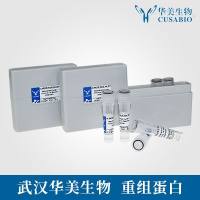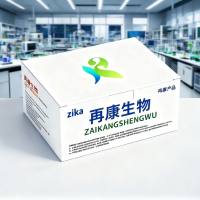Preparation of ssDNA from Phagemid Vectors
互联网
675
Our ability to generate single-stranded DNA (ssDNA) templates has been invaluable for procedures involving DNA sequencing and site-directed mutagenesis. Conventionally, this is carried out by subcloning the DNA region under analysis into vectors that are based on the single-stranded DNA bacteriophages, the most popular being M13. However, although these vectors are suitable for the production of ssDNA, they are less convenient to use than plasmids, giving lower yields of double-stranded dsDNA and lacking a positive selectable marker. The development of the so-called phagemid vectors combined the advantages of both plasmids and bacteriophages and stemmed from the work of Zinder (1 ), who demonstrated that a plasmid carrying that intergenic region of fl filamentous phage is packaged as ssDNA when the host cells are super-infected with helper phage. The first generation of phagemids, the pEMBL vectors, however, gave poor and n-reproducible ssDNA yields. This problem was resolved in two main ways: First, deletions within the intergenic region enhanced the replication of phagemids (2 ), and second, the packaging ratio of phagemid to helper phage was greatly improved by the use of helper phage with weak replication origins (3 ). As a result of these investigations, a new generation of phagemid vectors are available that impart both the stability and convenience of plasmid dsDNA cloning vectors and that may be readily mobilized to generate high yields of ssDNA.







